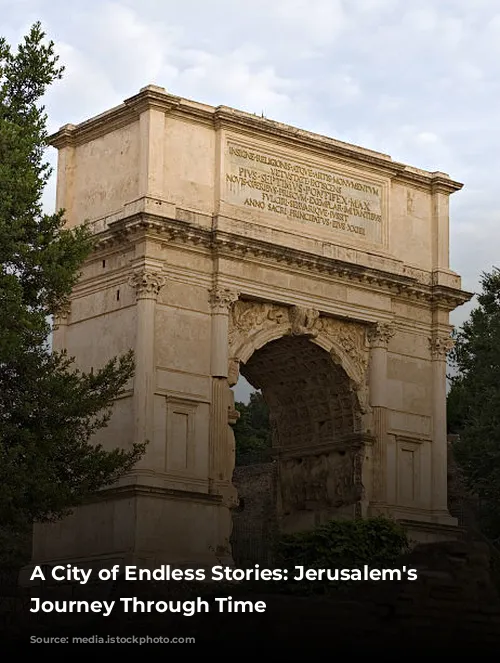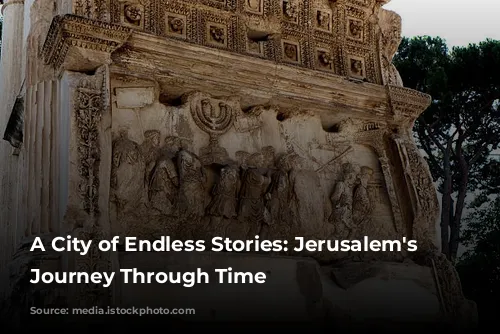Jerusalem, a city steeped in history and spiritual significance, stands as a focal point for three major religions: Judaism, Christianity, and Islam. Its past is marked by conquests, sieges, and destruction, a constant cycle of power struggles that has shaped its present and future.
The city’s journey begins at Gihon Spring, a source of fresh water that attracted early settlements around the 4th millennium BCE. While this marks the birth of Jerusalem, it wouldn’t be until 2000 years later that the city finds its first mention in historical records, appearing as “Rusalimum” in Egyptian texts. The name “Jerusalem” is thought to be derived from “shalom” or “salaam,” meaning “peace” in Hebrew and Arabic, respectively. However, it’s more likely that the name comes from the Canaanite “Urushalem,” meaning “Foundation of Shalem,” with Shalem/Shalim being the Canaanite god of dusk. The Canaanites, known as the city’s earliest inhabitants, built massive walls around the eastern side of the settlement to protect their precious water source.

Jerusalem Under Egyptian and Canaanite Rule
Around 1700 BCE, Jerusalem became a vassal of the Egyptian New Kingdom, a period marked by Egyptian influence and stability. This stability wouldn’t last long. The invasion of the Sea Peoples, the Bronze Age collapse, and the Battle of Kadesh in 1274 BCE between the Egyptians and the Hittites signaled the decline of both empires. This pivotal battle, ending in a stalemate and the world’s first peace treaty, marked the start of a new era.
As the influence of regional powers weakened, smaller kingdoms emerged in their place. The Bible records that Jerusalem became known as “Jebus” around the end of the 2nd millennium BCE, inhabited by the Jebusites, a Canaanite tribe.
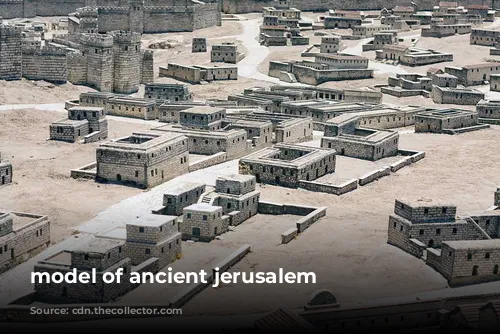
The Rise of the Israelite Kingdom and Jerusalem’s First Temple
Around 1000 BCE, the Israelites under King David conquered and sacked Jerusalem, marking the beginning of the City of David and the capital of the United Kingdom of Israel. King David built an altar on the Ophel (raised section) of Jerusalem, and his son, King Solomon, constructed the famed Temple of Solomon on this site.
After King Solomon’s death in 930 BCE, the Kingdom of Judah split from the Kingdom of Israel, with Jerusalem becoming the capital of Judah. This marked a period of political instability for the city, as it faced numerous invasions over the next two centuries.
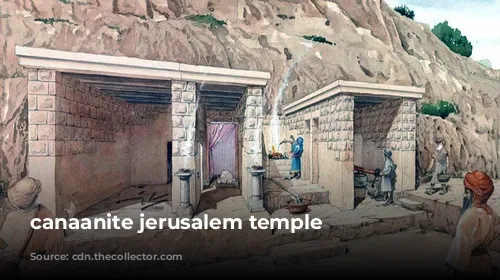
Jerusalem: A Target of Multiple Invasions
Jerusalem was captured and looted by the Egyptians, and a few decades later, fought against the Neo-Assyrians at the Battle of Qarqar. Although Jerusalem was not captured in this battle, its defenses were weakened, and shortly after, the city was plundered by the Philistines, Arabs, and Ethiopians.
The Damascene Arameans conquered Jerusalem in their campaign against Judah, and fifty years later, the Israelites sacked the city, destroying its walls and returning ownership to Judah.
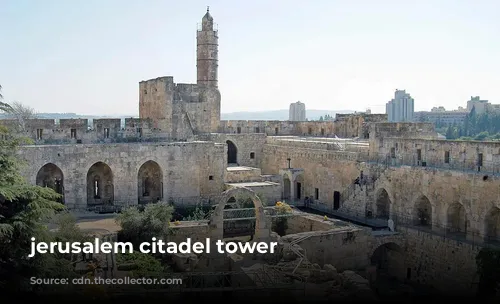
The Siege of Sennacherib and the Babylonian Captivity
In 701 BCE, Jerusalem faced a siege by the Neo-Assyrians under Sennacherib, but survived. The Bible attributes this survival to an angel’s intervention, while Sennacherib claims the city paid him off to leave. Just over a century later, in 597 BCE, Jerusalem fell to the Babylonians. Nebuchadnezzar placed Zedekiah on the throne as a vassal to Babylon, but Zedekiah rebelled, leading to swift and brutal retaliation. The Babylonians destroyed Solomon’s Temple and the city walls, taking a vast number of residents, including Zedekiah, captive to Babylon.
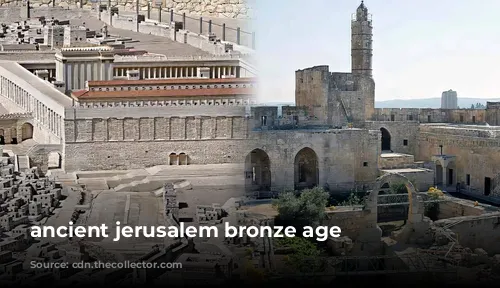
From Persian Rule to the Rise of Alexander the Great
After the Babylonians were conquered by the Achaemenid Persians, the Jews were allowed to return to Judah and rebuild the temple. The second temple was completed in 516 during the reign of Darius the Great of Persia. For nearly two centuries, Jerusalem experienced relative peace and stability under Persian rule, a period marked by prosperity and cultural tolerance.
The conquests of Alexander the Great in the 4th century BCE brought an end to Persian rule and ushered in the era of Greek dominance. After Alexander’s death, his empire fragmented into successor states, and Jerusalem fell under the Ptolemaic Empire before being acquired by the Seleucids in 198 BCE.
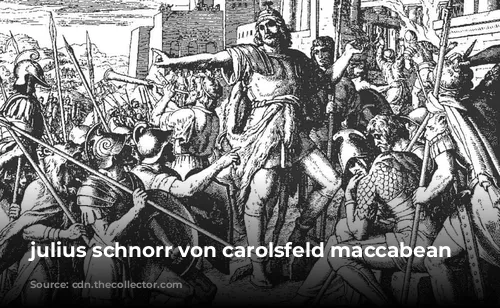
The Maccabean Revolt and the Rise of the Hasmoneans
Hellenization, the spread of Greek culture and language, sparked a rebellion in Jerusalem. Judaic practices were suppressed, and many Jews joined the revolt, led by Judas Maccabeus. In 164 BCE, the Maccabean Revolt successfully captured Jerusalem and restored temple worship, an event celebrated today as Hanukkah.
The success of the revolt led to the establishment of an independent Judean state, known as the Hasmonean state, which lasted for over a century. In 67 BCE, a succession dispute within the Hasmonean dynasty allowed the Romans under Pompey Magnus to assert control over the city. Herod the Great captured Jerusalem in 37 BCE, ending the rule of the Hasmoneans and beginning his rule as a client of the Roman Empire.
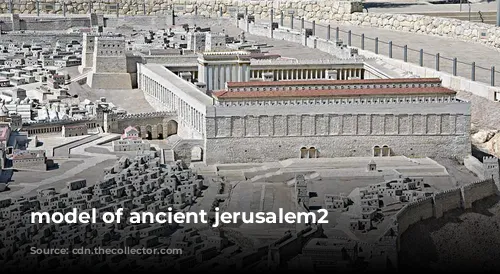
Herod’s Reign and the Birth of Christianity
Under Herod’s rule, Jerusalem witnessed expansion and prosperity, with the second temple being rebuilt on a grander scale. Herod’s death in 4 BCE marked the beginning of direct Roman rule over Judea, including Jerusalem.
Shortly after, Jerusalem became a center for a new sect of Judaic thought that championed the city’s poorest. This would evolve into Christianity. The New Testament states that Jesus Christ preached his gospels in Jerusalem, was crucified, and resurrected here.
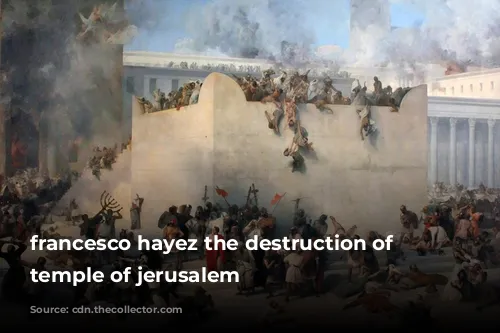
The Roman Siege and the Destruction of the Temple
Tensions between the Romans and Jewish residents in Jerusalem reached a boiling point in 70 CE, leading to a major revolt against Roman rule. After a five-month siege, the Romans, led by the future emperor Titus, conquered Jerusalem, razing much of the city and burning the Temple. Only a section of wall, known today as the Western Wall, remains.
Jerusalem was rebuilt as the Roman city of Aelia Capitolina, with Jews forbidden from entering. This ban sparked the Bar Kochba Revolt in 132 CE, a rebellion that, despite early success, ultimately failed. The revolt was crushed by Emperor Hadrian, resulting in the death of hundreds of thousands of Jews.
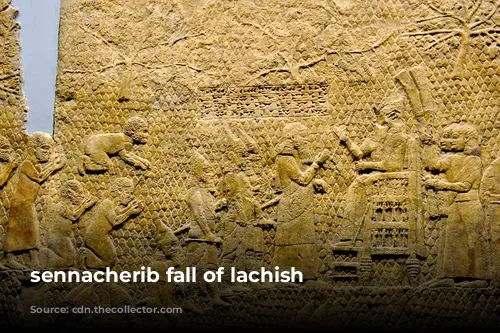
From Byzantine Rule to the Rise of Islam
In the early 4th century, Rome converted to Christianity, and Jerusalem became a center of Christian devotion. The Church of the Holy Sepulchre was built on the site of Jesus’ crucifixion. While Jerusalem thrived during this period, there is no evidence that Jews were treated fairly or even allowed entry.
The Sassanids conquered Jerusalem in 614 CE, only to be recaptured by the Byzantines in 629. However, in 638, Jerusalem fell to the Muslim Arab Rashidun Caliphate, becoming one of the first cities to be conquered by this new Abrahamic religion.
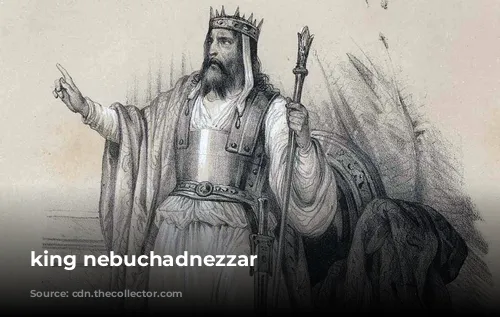
The Ongoing Conflict in a City at the Heart of the World
The conquest of Jerusalem by the Rashidun Caliphate ushered in a new era, but one that wouldn’t be devoid of conflict and violence. Religion continued to shape the world, and Jerusalem, at its center, remained a prize worth fighting for.
Jerusalem’s position in the minds of many is that of being the center of the world, the heart of three major religions. This has made it a target of constant conflict, perhaps more so than any other city in history.
Today, Jerusalem is divided between Israel and Palestine. The events of today echo the events of the past with alarming similarity, as the city continues to be a focal point of competing religious and political ideologies, driving it down the familiar path of conflict that has defined its history for 5,000 years.
